FTTH stands for Fiber To The Home, is a transmission method for fiber optic communication, which is currently the best mode for full service, high bandwidth fiber optic access requirements.
In FTTH network, an optical network unit (ONU) is installed at a residential or corporate user, it is the closest to the user in the optical access series except for FTTD (fiber to the desktop).
ODN network (optical distribution network) of Fiber to the home (FTTH) is divided into trunk cable subsystem, distribution cable subsystem and drop cable terminal subsystem. Yingda can provide corresponding optical fiber products suitable for each subsystem.
This refers to the cable distribution system from the central office optical distribution rack ODF of OLT to the user cross cabinet. In the fiber distribution equipment at both ends, the optical cables are terminated by hot-melt and jumpered with fiber optic pigtails.
This refers to the optical fiber cable from the cross cabinet to the “optical fiber integrated distribution box” in the user’s building. This is an optical distribution panel where the input cable and the output cable are directly connected “back to back”. Usually, the optical fiber splitter is installed inside.
An optical splitter is a “fiber multiplexing device” that “multiplexes” the channels of a simplex or duplex cable into multiple channels. The common splitting ratios are 1:8, 1:16, 1:32, and 1:64. In the EPON mode FTTH system, since the transmission rate is 1.2Gb/s, in order to ensure that the user bandwidth reaches more than 30Mb/s, the most commonly used splitting ratio is 1:32.
According to the location of placement, fiber optic splitter can be packed in 4 types: steel tube fiber splitter, ABS fiber splitter module, LGX box splitter, and rack mounted splitter. China uses more ABS module splitter and LGX splitter, while overseas use more steel tube splitters, followed by passive spiltter module and LGX splitter cassette. Most of the models of input and output pigtails of the plc splitter are with SC connectors, while Middle East prefers LC connetors with smaller head and 2 cores input pigtails (2XN series).
Besides above fiber optic equipment, fiber to the home network will use fast connector, fusion splice on connector, drop cable, fiber adapters as well. Contact us for best offer.
FTTH is a comprehensive access solution for all businesses. Although the main driving force of FTTH is future broadband video services, FTTH must be able to support various existing narrowband and broadband services, as well as potential new services that may arise in the future. The FTTH system must be able to provide comprehensive access, allowing users to enjoy multiple services simultaneously at the same time.
The main businesses that FTTH should support include:
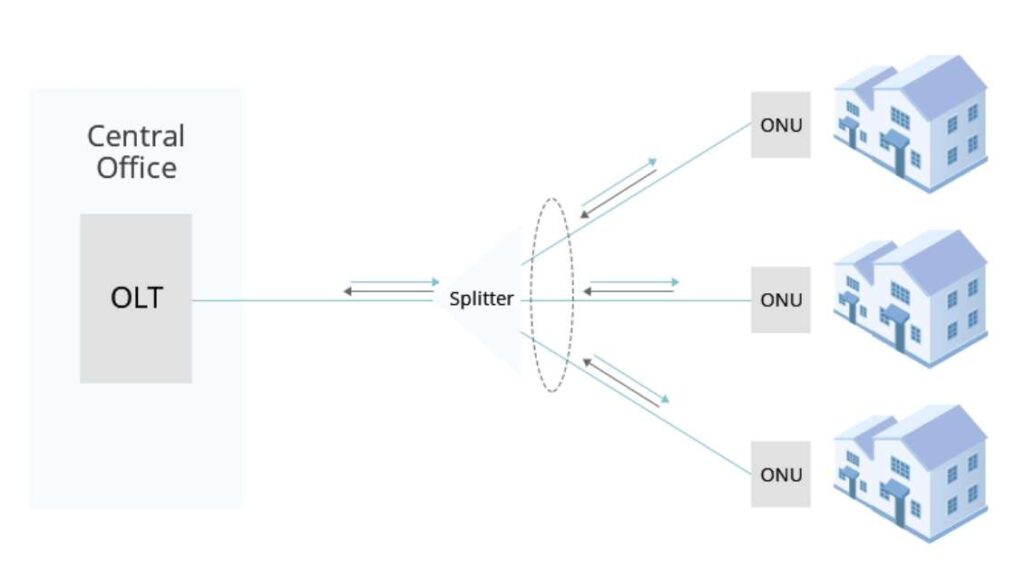
The main advantages of FTTH are as follows:

In the optical access family, there are also FTTB (Fiber To The Building), FTTC (Fiber To The Curb), FTTSA (Fiber To The Service Area), FTTA (Fiber To The Antenna) (base station), FTTP (Fiber To The Premises), FTTD (Fiber To The Desktop), and so on.
Comparison between FTTH and other fiber access methods as below:
FTTH means Fiber to the Home, a type of fiber access application in which ONU is installed at home users or business locations.
FTTP means fiber to the premises, it is a broadband access method that directly introduces fiber into the user's home or commercial building to provide high-speed internet access services.
FTTH refers to the direct connection of optical fiber to the terminal equipment inside the user's home, such as an optical modem, without copper cables. FTTP is the extension of optical fiber to the user's home or premises, and the end can choose optical fiber or copper cable access.
FTTH need fiber optic cable, fiber patch cord, fiber pigtails or other optical devices to build network.
Currently, PON is the main access method for FTTH, but PON uses the same router/switch port and the same optical fiber between the router/switch and the passive splitter to serve multiple users, allowing them to share the wavelength capacity. , and does not require a dedicated router like AON.
In China, we will use a router and a modem for fiber access to the home.
After bring the fiber to the home (ftth), you can choose to use a network cable (cat 5e or cat6 patch cord) or wifi to access the network. There is no conflict between the two.
Please make sure your router is 100M or 1000M firstly, if now the fiber built in your home is 1000e, while your router is only 100M max., which will limited the internet max. 100M, suggest you to use a 1000M router for better surfing experience.
only bring pre-terminated drop cable, and plug the connector into the SC port of the router, then it can be ok. If you don’t have that, you can use a pigtail to fusion splice on the drop cable then it will be ok.
FTTH mainly use fiber pigtails, drop cable, splitter, fast connector, fiber termination box, fiber splitter box.
Yes, there is optical network unit with wifi5 or wifi6, request for quote?
FTTH is a comprehensive broadband internet access solution for all services, which allows users to conduct multiple services at the same time. The main services supported by FTTH include video, data, broadcasting and multimedia.
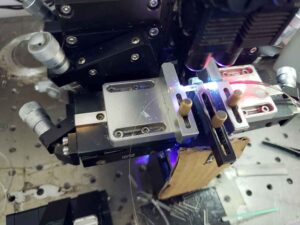
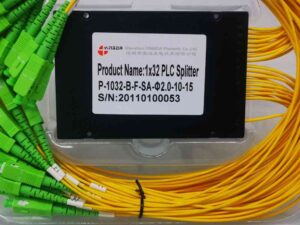
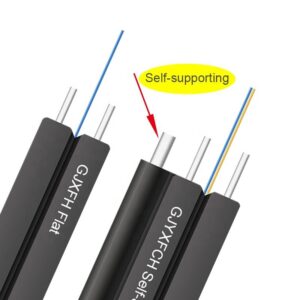
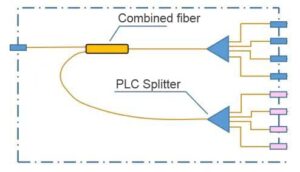
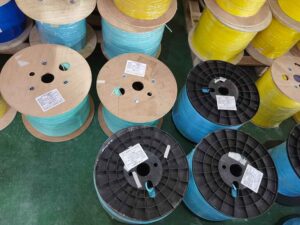
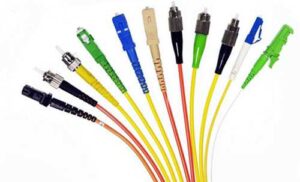

Sorry that there’s no information that interests you. Please fill in the feedback form so that we can improve.